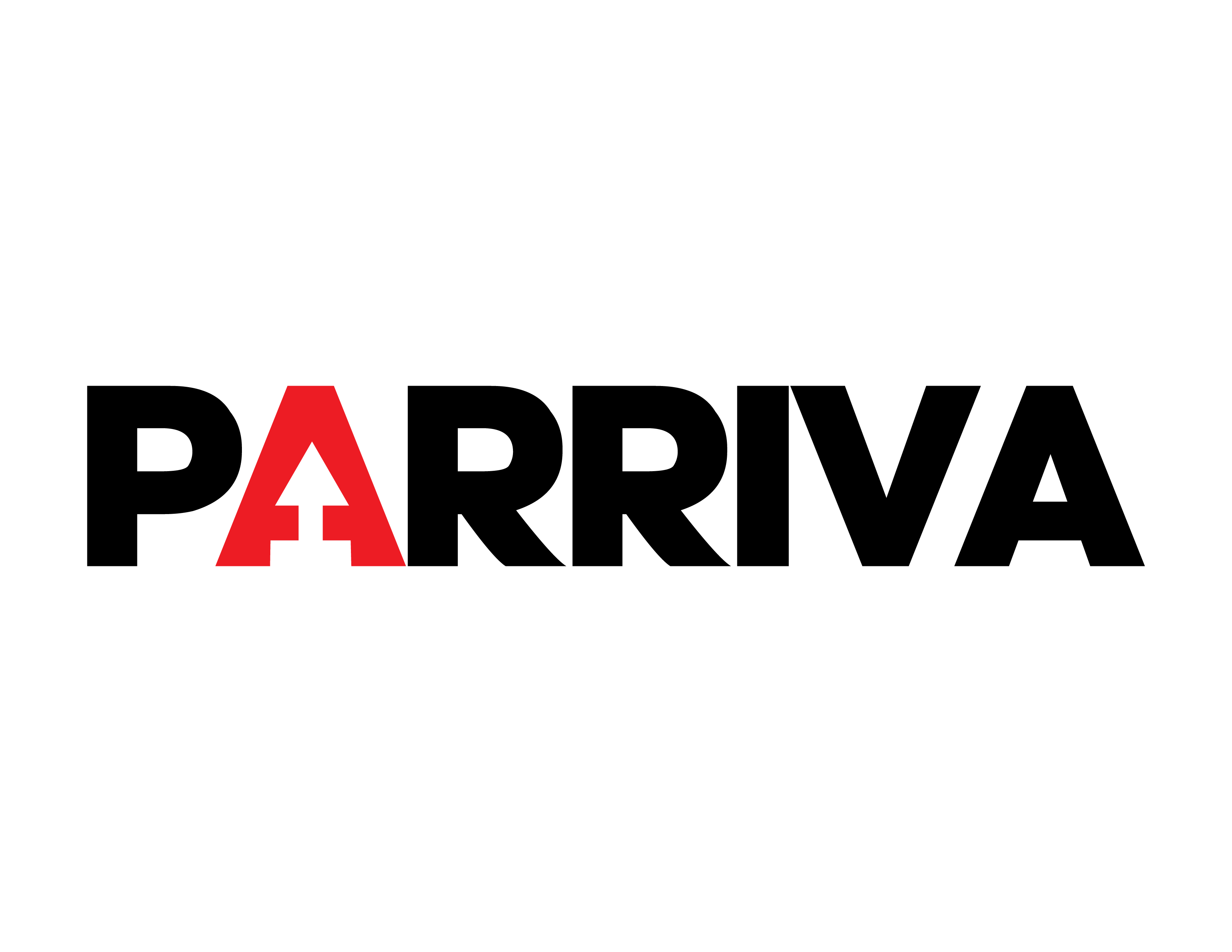Learn the essential steps for monthly breast self-examination, when to schedule mammograms, and science-backed ways to reduce your risk, according to WHO and the American Cancer Society.
On the occasion of International Breast Cancer Awareness Day, October 19, we remind you of the importance of self-examination and medical checkups to prevent and detect this disease early.
Remember: early detection is in your hands — knowing your body can make a huge difference to your health. That’s why: Touch yourself so it doesn’t touch you!
International Breast Cancer Awareness Day seeks to raise awareness and promote greater access for women to health services, and to timely, effective screening, diagnosis and treatments for this disease — which is the second leading cause of cancer death worldwide among women aged 25 and older.
According to specialists in women’s health, it is important to begin breast self-exams at age 20, at least once a month and about seven days after the end of your period. If you miss the date you noted on your calendar, it’s recommended to perform the exam as soon as possible — the important thing is to do it regularly.
If you have gone through menopause (no longer have periods), you may choose a fixed day of the month to do the self-exam.
Specialists indicate that about 18% of breast cancer cases are diagnosed around age 40, and 77% of breast cancer diagnoses occur from age 50 onward; after age 75 the risk decreases markedly. It’s important to remember that girls and adolescents can also develop breast cancer, though it is very rare; most pediatric and adolescent cases relate to family history and overall health.
How to perform a self-exam
Knowing your breasts (shape, size, color, texture and appearance) is vital to your health — monthly self-examination is the best practice. Any change, however small, if detected early, can save your life.
Observe: Stand in front of a mirror and look for changes in shape, size or skin surface — particularly lumps, dimpling, swelling, redness, open sores, nipple discharge, or a change in breast size. Make sure you do not see any visible abnormalities.
Do this observation with your arms at your sides, then with your hands behind your head, elbows and shoulders slightly forward, and with your hands on your hips.
Touch: Either standing in front of the mirror or during a bath, feel for lumps, tender areas, bulges, or areas of texture different from the rest of the breast. Perform the exam as follows:
Standing, place your right hand behind your neck and use your left hand to examine the right breast. Move from the top and palpate around the breast, then toward the center; make small circular motions until you reach the nipple. Next, check the entire armpit area; press lightly to feel the whole area and make sure there is no lump or abnormality. Finally, squeeze the nipple to check for any discharge or inversion — if you find either, seek medical attention from a gynecology or endocrinology specialist. Repeat the same process on the left breast.
Lying on your bed, place a small pillow or rolled towel under your right shoulder and put your right hand behind your neck. With your left hand, examine the right breast using the same small circular motions until the nipple. Repeat on the left side.
If you detect any abnormality, however small, go to your doctor to have the necessary tests to determine whether your health is at risk.
When to see a doctor and get a mammogram
The recommendation for all women is to see a gynecologist and have clinical exams at least once a year starting at age 25 to detect any early signs of breast cancer.
It is also recommended to have a mammogram annually from age 40, and for women under 50 with a family history of breast cancer to discuss earlier screening.
Symptoms of breast cancer
Warning signs can vary between people; some women have no symptoms until the disease has advanced — hence the importance of periodic checks.
Some warning signs include:
• A new lump in the breast or underarm.
• Thickening or swelling of part of the breast.
• Dimpling of the skin over the breast or nipple or pain in that area.
• Redness, swelling, or flaking of the breast or nipple skin.
• Nipple discharge that is not breast milk, even if bloody.
• Skin dimpling that looks like orange peel.
• Any change in breast size or shape.
• Pain anywhere in the breast.
According to the World Health Organization (WHO), breast cancer occurs when cells grow abnormally and uncontrollably in breast tissue. It can affect both women and men, though male breast cancer is less common. Therefore, self-examination remains an effective and essential method to detect abnormalities and consult a specialist as soon as possible.
How to reduce breast cancer risk
Experts recommend the following actions to reduce risk:
• Breastfeed for more than 12 months when possible.
• Maintain a diet rich in fruits and vegetables (vitamins, minerals, fiber and antioxidants).
• Minimize consumption of fat, sugar and alcohol.
• Maintain a healthy weight.
• Do at least 30 minutes of physical activity daily.
• Discuss the use of oral contraceptives with your doctor.
Evidence & reliable studies
Below are concise, high-quality sources that support the key recommendations in the translation. I cite the most relevant, authoritative studies and guidance so you can link them or use them as references.
- Screening — mammography ages and recommendations
The U.S. Preventive Services Task Force (USPSTF) currently recommends biennial (every-other-year) screening mammography for women aged 40 to 74 at average risk; public health agencies emphasize organized screening programs especially for women 50–69. Guidance varies slightly by organization (some professional groups recommend annual screening starting at 40). These guideline updates informed the recommendation in the text that screening begin around age 40 and continue yearly/biennially as appropriate. - Breastfeeding is protective
Multiple meta-analyses and narrative reviews show breastfeeding reduces breast cancer risk; one meta-analysis estimated roughly a 4.3% relative risk reduction per 12 months of breastfeeding, and other analyses report larger reductions (e.g., ~20–26% for 12+ months in some pooled studies). This supports listing prolonged breastfeeding as a risk-reducing behavior. - Alcohol increases breast cancer risk (dose-response)
Systematic reviews and meta-analyses of prospective cohort studies find a dose-response relationship between alcohol intake and breast cancer risk — even light to moderate drinking increases risk relative to abstinence. Minimizing alcohol is a supported prevention message. - Physical activity and weight control lower risk
Meta-analyses indicate regular physical activity is associated with a lower risk of breast cancer (varies by activity type and duration), and maintaining a healthy weight — especially avoiding postmenopausal obesity — lowers risk. The guideline recommendation of ≥30 minutes daily activity is consistent with public-health evidence. - Burden and age distribution
WHO and American Cancer Society data show most breast cancer diagnoses occur in women aged 50 and over; risk increases with age, peaking in later decades — supporting the article’s age-related statistics and the emphasis on screening and annual checkups. Refer to WHO fact sheet and Cancer Society facts for global and U.S. statistics.








